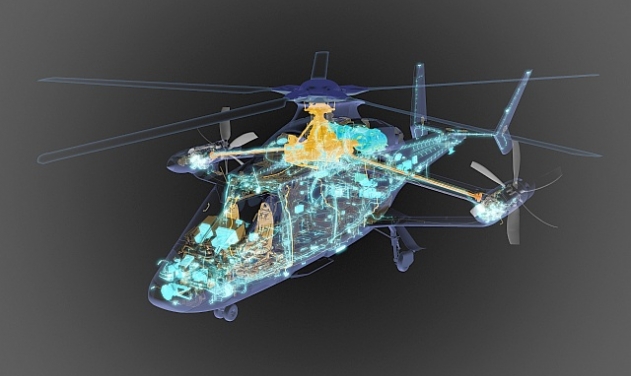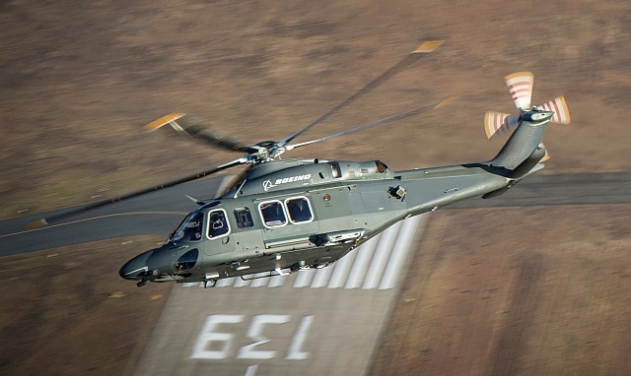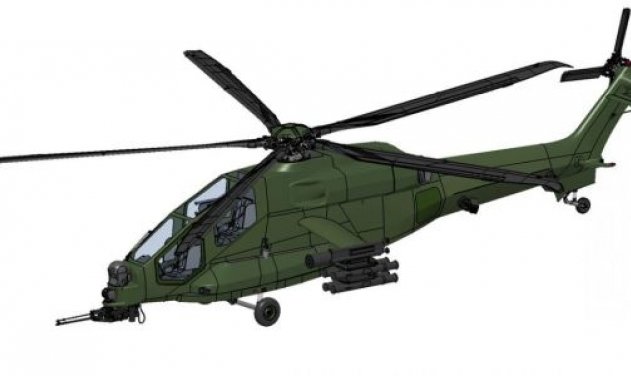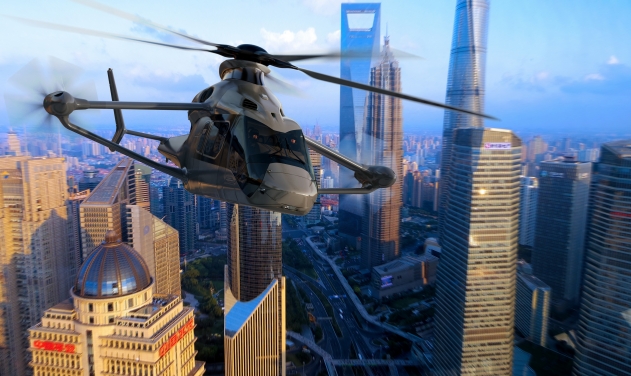Airbus Helicopters’ Rapid, Cost-Efficient Rotorcraft Project Makes Progress

Key sub-systems of the Airbus Helicopters RACER (Rapid and Cost-Efficient Rotorcraft) technology demonstrator have now passed their preliminary design review (PDR) giving way to the launching of first components manufacture.
Final assembly of the prototype is planned to start in Q4 2019. The RACER is funded by European Union’s H2020 framework through the Clean Sky 2 program, and aiming to provide the best trade-off between speed, cost-efficiency, sustainability and mission performance.
Tomasz Krysinski, Head of Research & Innovation at Airbus Helicopters said in a release, “The PDR marks a major achievement for the Racer program as it allows to freeze interfaces and 3D definitions of the main subsystems, prior to detailed design and manufacture of key components.”
Airbus Helicopters is currently refining the content of the future Racer flight demonstration in Clean Sky 2 which will begin in 2020 and include about 200 flight hours. The first part will focus on the progressive opening of the flight envelope and on assessing key performance objectives as well as speed, handling qualities, stability and aerodynamics.
The second phase will aim at demonstrating the aircraft’s suitability to carry out potential missions where increased speed and efficiency would bring significant added value, such as emergency medical services (EMS), search & rescue (SAR) and private transport. This second flight testing phase will also allow to mature low-noise flight procedures, unique to the Racer demonstrator formula.
Long-lead items are the first ones to be manufactured. Airbus Helicopters teams already launched production of the lateral drive shaft, one of the Racer’s most innovative components. Among key subsystems, Italy’s Avio Aero, a GE Aviation Business, is launching procurement and manufacturing for the aircraft’s lateral gear boxes housing, while Hamble UK based GE Aviation Integrated Systems is taking care of the wing’s titanium cradle part.
Romania’s INCAS/Romaero has already started manufacturing the Racer’s composite side panel and Spain’s Aernnova the tail parts primary structure.












